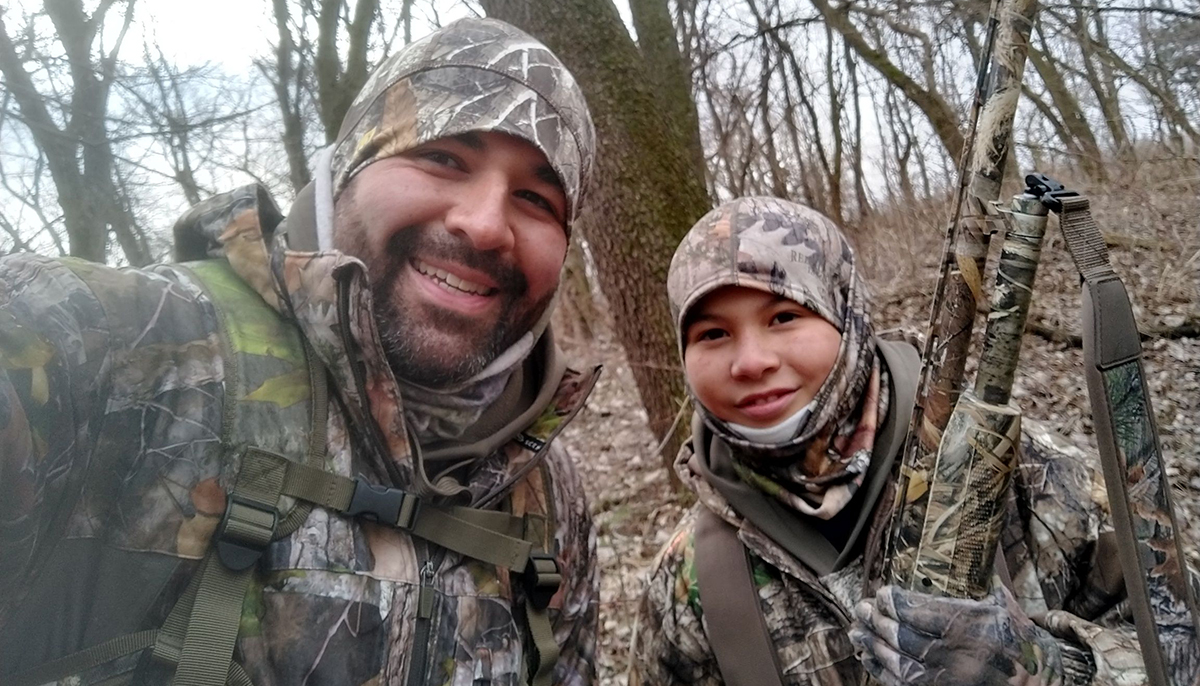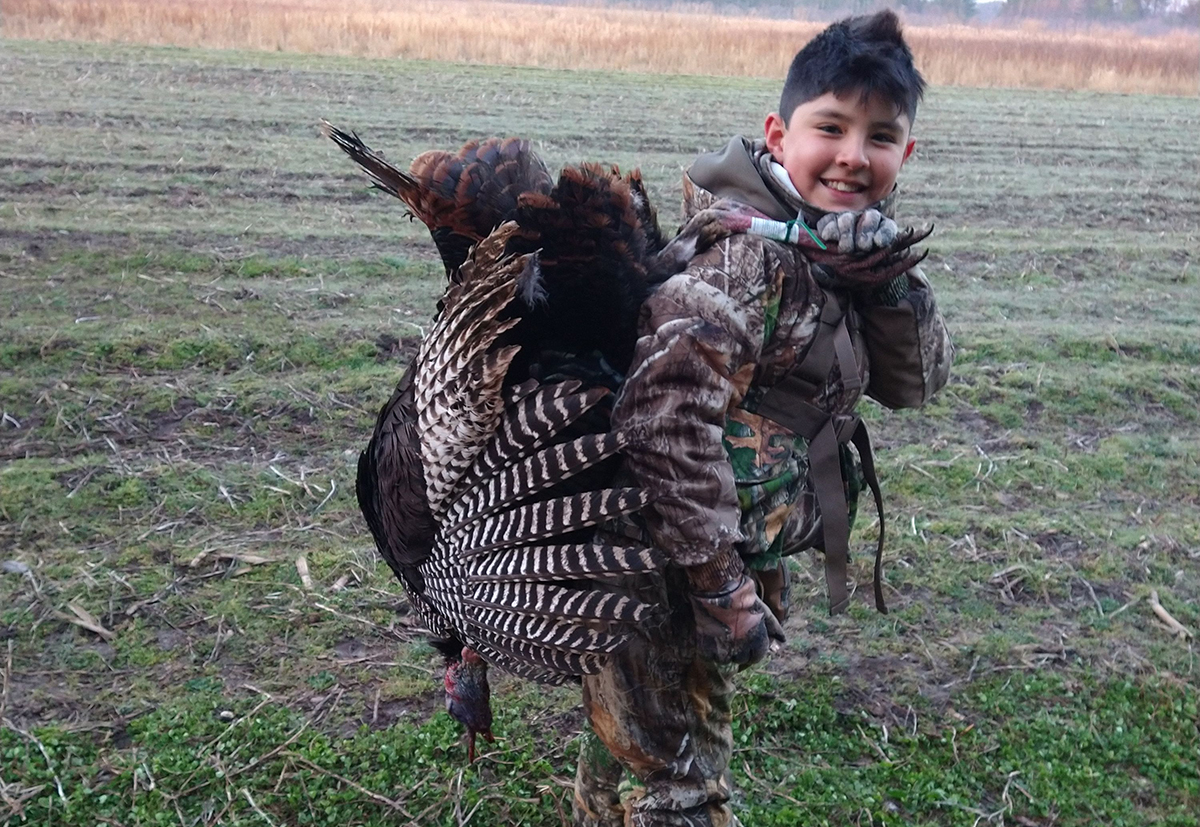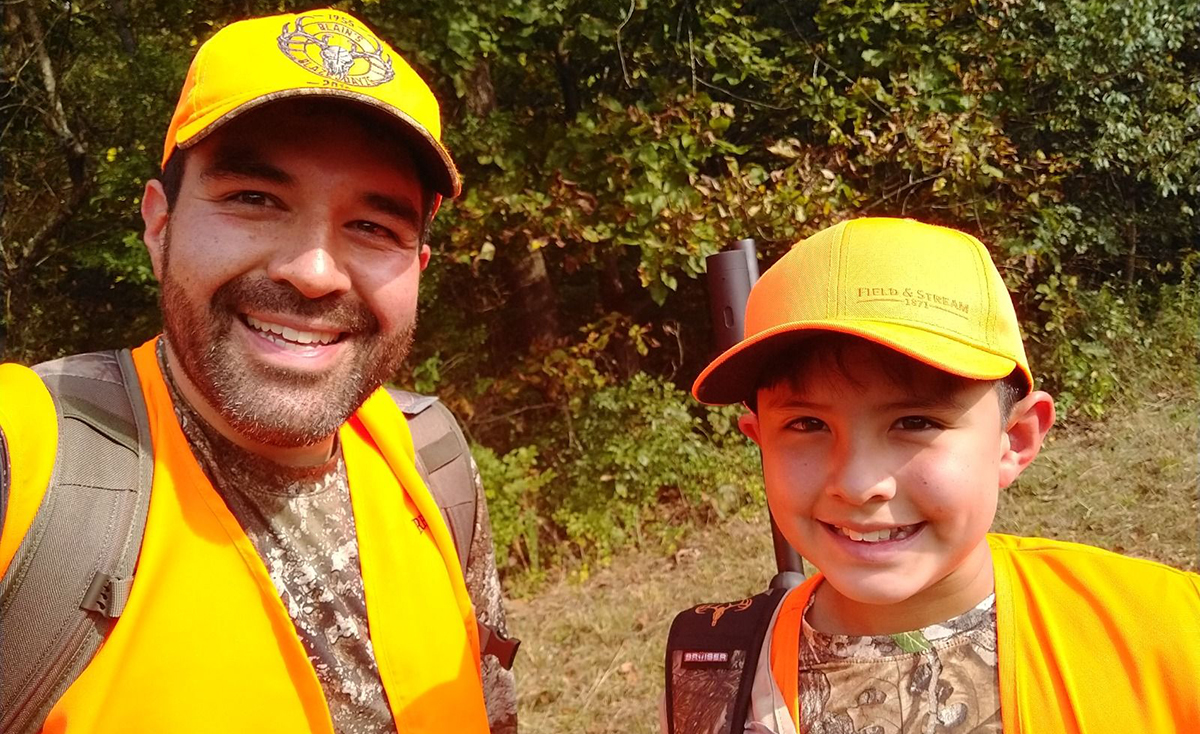32378037400_67a8ad3095_k-2
Do you have any thoughts on this post?
It is written in our state constitution that Pennsylvanians have the right to clean air, pure water, and the preservation of the natural, scenic, historic, and aesthetic values of the environment. This overarching dedication to conserving our woods and waters is an attribute that many Pennsylvanians hold dear.
Over the last few decades, Trout Unlimited has worked to preserve and protect coldwater fisheries across the country, including here in Pennsylvania. This work couldn’t be done without the passionate efforts of volunteers and supporters and sufficiently funded federal and state conservation programs.
One such program is the Keystone Recreation, Park, and Conservation Fund, which was created in 1993 with near-unanimous support from the Pennsylvania General Assembly and an overwhelming referendum vote by the general public. Since the fund was established, it has provided state-level matching dollars for a variety of conservation projects, including land acquisitions, river conservation, and trail improvements.
Over the years, the Keystone Fund has helped to fund many projects that benefit anglers. This includes the creation of the Brodhead Creek Heritage Center at the ForEvergreen Nature Preserve, along the historical Brodhead Creek in Monroe County; fish habitat and streambed improvements on the Monocacy Creek in the Lehigh Valley; and land preservation and planning efforts to restore and protect Valley Creek in the Southeast corner of the state.
These projects, along with countless others, have been made possible by the strong combination of state dollars and local matching funds, which have increased opportunities and access for anglers, families, and outdoor recreation enthusiasts in an array of neighborhoods throughout the Commonwealth.
The Keystone Fund has helped TU to further its mission to “care for and recover rivers and streams” for future generations, but there is still much work to be done in ensuring Pennsylvanians will forever have access to over 86,000 miles of streams. Vital dedicated funding must continue to further restore and conserve those stream miles through the Keystone Fund and passionate local partners.
Emily Baldauff is Trout Unlimited’s Mid-Atlantic organizer and a native of northeastern Pennsylvania.
Today, the Bureau of Land Management issued a policy that prioritizes the conservation of habitat connectivity on more than 245 million acres of public lands. The Theodore Roosevelt Conservation Partnership believes the updated guidance will help to ensure that the best-available science guides the BLM’s management of public lands, while emphasizing robust coordination and collaboration with state and Tribal partners.
The policy directs state offices to consider opportunities to conserve areas important for habitat connectivity as they evaluate, revise, or amend land-use plans—which dictate the management of BLM-administered public land, primarily across the Western U.S.—as well as during the review of specific project proposals and when prioritizing proactive habitat conservation and restoration projects.
Among the specific steps outlined, are:
“Across the West, the future of big game hunting depends on the continued ability of our elk, mule deer, and pronghorn herds to move across the landscape between seasonal habitats,” said Whit Fosburgh, president and CEO of the Theodore Roosevelt Conservation Partnership. “Sportsmen and sportswomen appreciate the leadership demonstrated by the Bureau of Land Management in its commitment to habitat connectivity. Public lands managed by the agency comprise some of the most important seasonal ranges and migration corridors across the West, and it is imperative that the BLM’s efforts on this front are undertaken in close partnership with states and other key stakeholders, including in support of good conservation efforts undertaken by private landowners.”
This new BLM guidance builds off April’s announcement by Secretary Deb Haaland highlighting steps the Biden Administration is taking to continue implementation of Secretarial Order 3362 and BLM Instructional Memo 2018-062, both issued in 2018 by the Trump Administration to support hunting, fishing, and shooting sports and big game habitat on public lands. The BLM’s new policy also supports the executive orders issued by governors in Colorado, Nevada, and Wyoming.
As the largest public land management agency, the BLM has a direct impact on the conservation of habitats critical to sustaining populations of big game animals that migrate seasonally—often over long distances—as well as a variety of other species that utilize those same habitats year-round.
Last year, the TRCP issued a report highlighting the need for public land management plans to be updated to conserve big game migration corridors and the seasonal habitats they connect. Many plans across the West are decades old and do not incorporate new migration science developed by state wildlife agencies that pinpoints where and how animals move across and utilize the landscape throughout the year. This information would improve the agency’s ability to manage multiple uses of the land to reduce conflicts with wildlife and guide proactive efforts to enhance habitats.
“Today’s announcement indicates the agency is prioritizing and creating forward momentum on one of the issues that matters most to sportsmen and sportswomen,” continued Fosburgh. “For implementation of this new guidance to be successful, the TRCP strongly supports the BLM’s commitment to coordinating closely with state and Tribal governments on habitat connectivity data and the incorporation of up-to-date, science-based management actions for our nation’s public lands. We look forward to working with our NGO partners, state agencies, Tribal governments, private landowners, and the BLM to ensure the agency has the resources necessary to implement this planning guidance and support habitat connectivity and migration corridor conservation across the country.”
Learn more about the TRCP’s efforts to conserve wildlife corridors.
Photo by Josh Metten
Growing up as a second-generation Mexican American just 40 minutes outside downtown Chicago, Ramiro Juarez had very few opportunities to learn to hunt. Ever since he was 11 years old, however, he knew he wanted to try it. At age 39, Juarez found his opportunity, igniting a passion that has changed how he and his family interact with the outdoors.
His experiences help to shed light on the factors that may limit the accessibility of hunting to many Americans and what opportunities now exist for beginners to get involved and find access or mentors.
This is his story.

I grew up in the Northwest suburbs of Chicago where there were not many opportunities to learn to hunt or even to interact with people who did hunt. Still, I was around 11 years old when the idea of hunting first came to my mind. My dad brought home what I thought was sausage, but it turned out to be venison. I thought it was delicious and asked my dad if we could try hunting. But he didn’t see the appeal, and that was the end of that.
For my father, an immigrant from Mexico who came to the United States in the 1960s, being here was about working, providing, and trying to live a more comfortable life than where he came from. Much of my family life while growing up revolved around work. Not only did my dad not have much time for recreational activities, he also would have had nowhere to take me hunting. I understand now that my circumstances as an adult, in contrast, allow me more free time and the opportunity to pursue things I have wanted to do for a long time.
I no longer see hunting as an extracurricular activity only for myself, however. Now more than anything, I want my children to experience hunting and to create lasting memories together. This is what made me decide to finally pursue hunting as an adult.
But how does one become a hunter? Hunting is a recreational activity that many participants first become exposed to at a young age through an older family member or mentor. Hunting knowledge and traditions are often passed from one generation to the next, and many hunting families own their own land. This provides both a place to hunt game and the opportunity to learn and practice without outside pressures.
Taking up hunting can be a lot harder for individuals like me, who did not grow up around it or have a place to go. This is particularly true in Illinois, where 97 percent of land is privately owned.
For many hunters, even seasoned ones, finding a place to hunt has become more difficult. While Illinois has public land for hunting scattered throughout the state, finding a place to go that isn’t already saturated with other hunters can feel like a daunting task. This can be felt even more so by people who might be interested in hunting, but who lack the experience or the confidence to try it for the first time in a crowded, public setting.

Luckily, a buddy and I came across an Illinois Learn to Hunt Program workshop on waterfowl hunting. The Illinois Learn to Hunt Program is an extension program through the University of Illinois Urbana-Champaign that provides free education and training workshops to teach adult participants how to hunt a variety of game. We went to the event, which eventually led to me participating in my first deer hunt.
Having decided that hunting was something that I enjoyed and wanted to continue doing, my next goal was to find a place to take my children hunting. As a parent, my primary concern was safety. I’ve been to places that are open to the public and where there are 20 to 30 people all in a relatively small area. I’m not comfortable with that kind of environment for my children.
Fortunately, the Illinois Learn to Hunt Program had some information about the Illinois Recreational Access Program. IRAP is funded through the federal Voluntary Public Access and Habitat Incentive Program—authorized by the Farm Bill—and is maintained through partnerships between the Illinois Department of Natural Resources and other conservation entities. The program’s goals since its inception in 2011 has been to increase public access, provide outdoor recreational activities, improve habitat on private lands, and contribute to the recruitment, retention, and reengagement of hunters.
IRAP leases over 27,000 acres of private land in 52 counties in Illinois for youth turkey hunting, adult spring turkey hunting, archery deer hunting, youth shotgun deer hunting, upland game hunting, waterfowl hunting, and rabbit and squirrel hunting, as well as pond and river fishing.
I contacted the program and learned about the opportunities available for first-time hunters and youths. So far, I have only taken out my two sons, Arturo, 12, and Diego, 10, both of whom have already developed a lot of enthusiasm for hunting. Diego was so excited when he harvested in his first buck, and Arturo loves being able to get up close and personal with wildlife. He was so thrilled when a coyote passed only yards away from where we sat quietly watching turkeys.
Although both boys have a lot of energy and enthusiasm, they are very different from one another. Diego is extremely active, so I can take him anywhere and he will push through if something is difficult. My other son, Arturo, is autistic, and he has a couple learning disabilities and more significant needs. Arturo likes to do the same things his brother does, so I want to make sure I can take him with me when we go hunting. One of the reasons I appreciate IRAP is because it seeks to take needs like Arturo’s into consideration. The program tries to accommodate the specific needs of its participants when assigning properties. If it did not do this, it would be very hard for Arturo to participate in hunting sometimes.

My wife Xochtl and I also have two daughters, Natalia, 6, and Annabelle, who is 3. I plan to take both of them hunting when they around age 7 or 8. Natalia already wants to go goose hunting, and while I will take her with us, she is just going to observe and enjoy some hot chocolate and donuts.
The gap between new and seasoned hunters these days is becoming increasingly noticeable. One of the reasons for this is the lack of places to go, regardless of how long one has been hunting. Hunting doesn’t just provide funding for conservation; it also provides unique outdoor experiences and carries with it traditions that can create lasting memories. Luckily in Illinois, programs like Illinois Learn to Hunt and IRAP exist so that both parents and children can try hunting and continue to have places to go develop these skills. Without these programs and the landowners who enroll in them, it would be much more difficult for people like me and my family to hunt. I am so grateful to be able to create these memories with my children and help them gain an appreciation for the outdoors that they can pass down to their children.
Editor’s Note: The critical source of funding for state walk-in access programs like IRAP does not currently meet demand from wildlife agencies or hunters. Help the TRCP address this vital need and call for a stronger Voluntary Public Access and Habitat Incentive Program in the next Farm Bill.
Alex Davis is the IRAP marketing and outreach specialist at the Illinois Department of Natural Resources. Click here to learn more about this successful recreational access program and watch a video about the Juarez family’s journey into hunting.
Theodore Roosevelt’s experiences hunting and fishing certainly fueled his passion for conservation, but it seems that a passion for coffee may have powered his mornings. In fact, Roosevelt’s son once said that his father’s coffee cup was “more in the nature of a bathtub.” TRCP has partnered with Afuera Coffee Co. to bring together his two loves: a strong morning brew and a dedication to conservation. With your purchase, you’ll not only enjoy waking up to the rich aroma of this bolder roast—you’ll be supporting the important work of preserving hunting and fishing opportunities for all.
$4 from each bag is donated to the TRCP, to help continue their efforts of safeguarding critical habitats, productive hunting grounds, and favorite fishing holes for future generations.
Learn More
